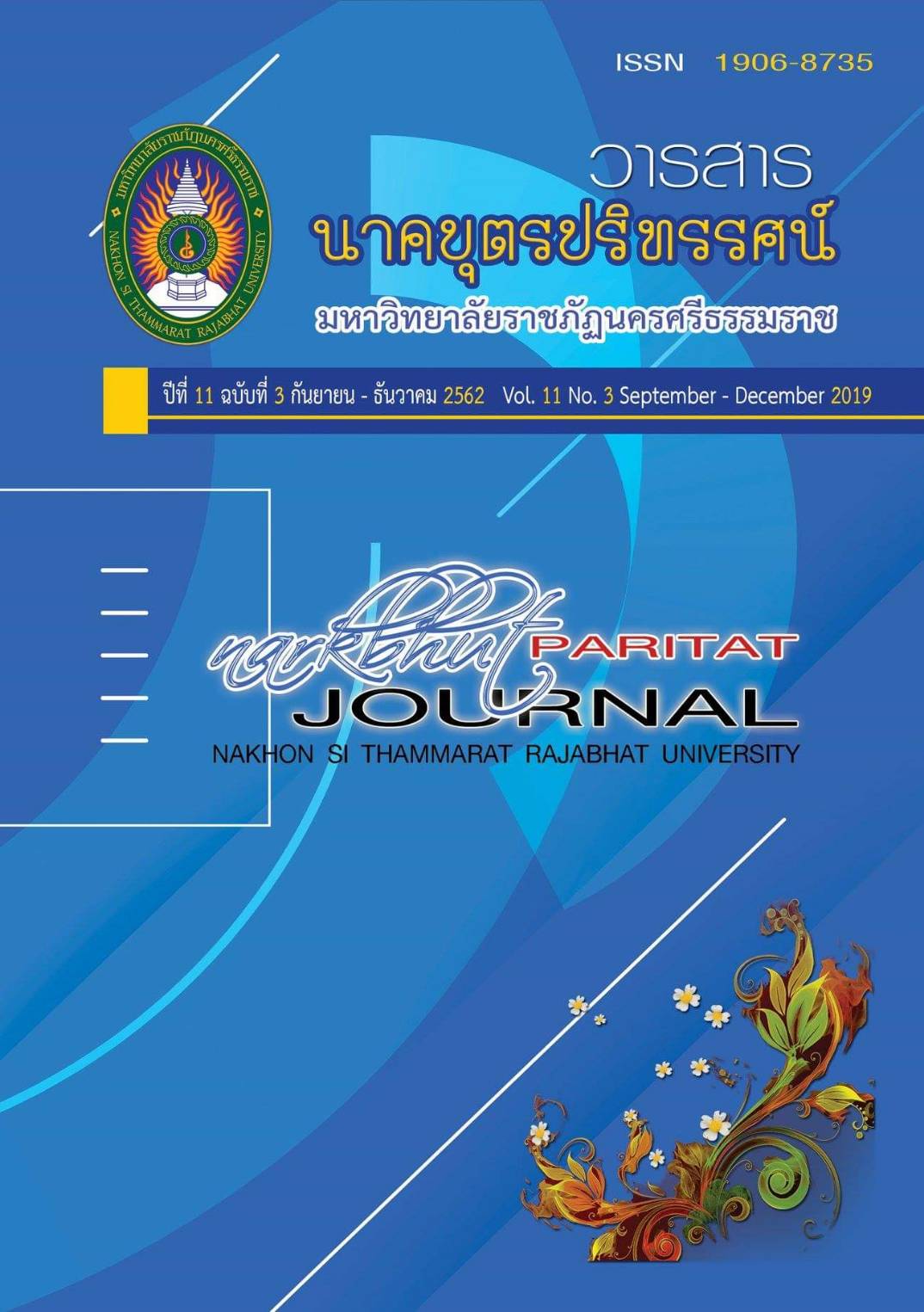Syllable Structure in Thai and English
Main Article Content
Abstract
Phonologically, there are an area of difference between the L1 Thai and L2 English which permits both a greater number of clusters. This paper aims to explore the similarities and differences in syllable structures in Thai and English in terms of phonetics and phonotactics. According to Lado’s (1957) Contrastive Analysis Hypothesis (CAH), differences between the L1 and L2 should be taken into consideration to account for L2 learners’ learning difficulties. Instead of learning novel L2 variants, native speakers of Thai possibly transfer the L1 sounds when learning L2 English. Understanding the varieties of syllable structures in the two languages might then aid Thai students to learn English and English teachers to teach English more effectively and successfully.
Article Details
References
Eckman, F. (1987).‘Markedness and the contrastive analysis hypothesis. In G. Ioup, and S.H. Weinberger (eds) Interlanguage Phonology : the Acquisition of a Second Language Sound System. Cambridge, MA: Newbury House Publishers.
Harris, G. (2001). States of the glottis of Thai voiceless stops and affricates. In K. Tingsa-badh and S. Abramson (eds) Essays in Tai Linguistics. Bangkok: Chulalongkorn University Press.
Winskel, H., Luksaneeyanawin, S. & Yangklang, P. (2006). Language socialisation of the child through caretaker-child personal narratives: A comparison of Thai and English. RELC Journal. 37, 356-368.
Kanokpermpoon, M. (2007). Thai and English consonantal sounds : A problem or a potential for EFL learning?. ABAC Journal. 27, 57-66. (In Thai)
Korsuwan, N. (2001). A Study of English Loan Words in Standard Tha i: A Preliminary Phonological Analysis of Their Assimilation. (Thesis of Master of Arts). Bangkok: Ramkhamhang University. (In Thai)
Lado, R. (1957). Linguistics across Cultures. Ann Arbor: University of Michigan Press.
Parichart Phootirat. (2012). Register Variation in Thai-English Interphonology : the Contrast of /r/ and /l/. (Thesis of Ph.D.), University of Wisconsin Milwaukee.
Roengpitya, R. (2013). The perception of English and Thai fricatives and affricates by Thai learners. The Journal of the Acoustical Society of America. 134(5), 42-48. (In Thai)
Selinker, L. (1972). Interlanguage. International Review of Applied Linguistics 10, 209-241.
Suriyan Panlay. (1997). The Effect of Loanwords on the Pronunciation of Thai. (Thesis of Master). Michigan State University.


